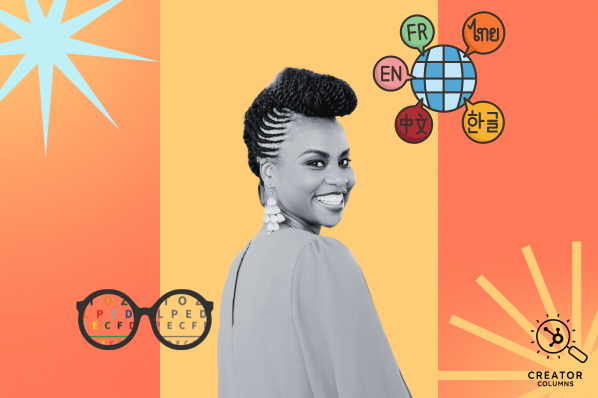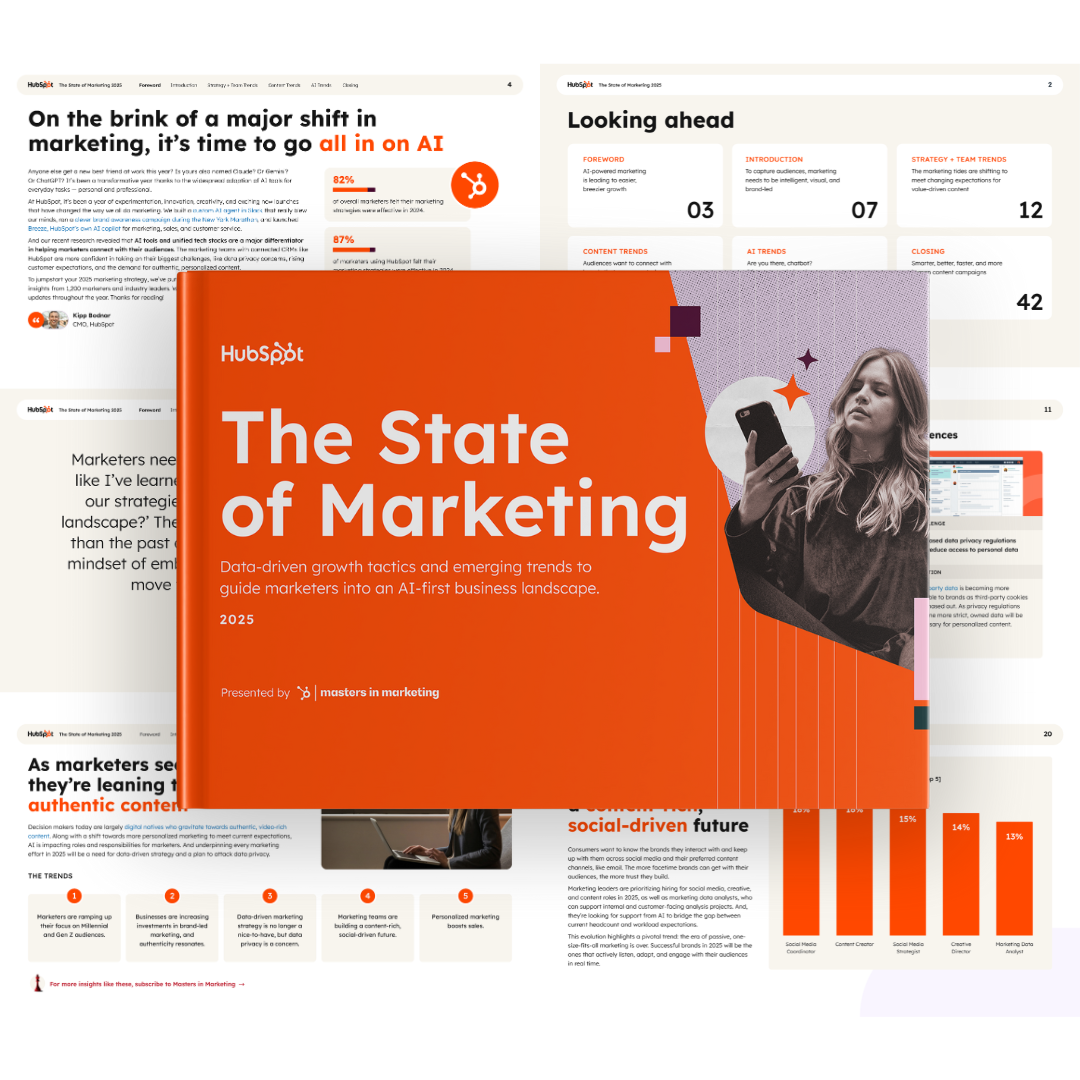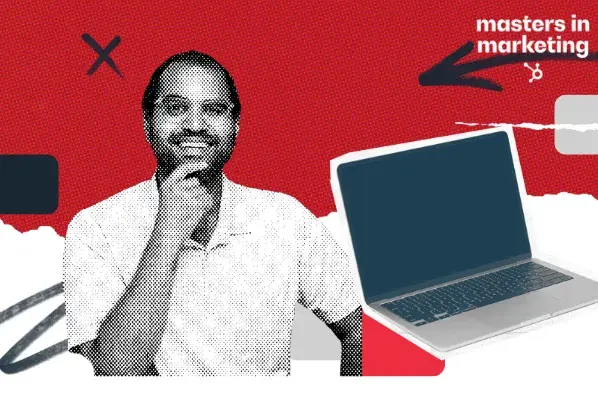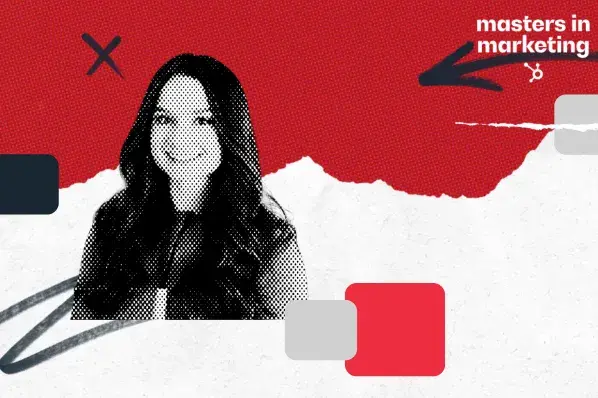The consumers your brand serves have a number of different identities that impact their product decision-making process, their degree of success, as well as the experiences they have while considering and using your product.
Brands that acknowledge the ways in which consumers are different, and then find ways to better serve those differences, are making a big impact with more consumers and growing as a result.
In the examples below, I’ll walk you through how seven different brands effectively approach inclusive marketing, which enables them to attract and retain more of the customers they want to reach.
Examples of Effective Inclusive Marketing
1. Mattel leans into inclusive product design.
More than 300 million people worldwide are colorblind. In the summer of 2024, Mattel announced its journey to making its games colorblind-accessible. The brand noted 80% of its games would meet this standard by the end of 2024, including UNO, Skip-bo, and Kerplunk, and 90% of the portfolio would be colorblind-accessible by the end of 2025.
A spokesperson for Mattel noted a driving force behind leaning into making adjustments to its products: “Many games require color differentiation, and we want to ensure our Mattel games are accessible to as many users as possible.”
As part of its inclusive product design process, the team collaborated with members of its design team who experience color blindness, partnered with experts who focus on color deficiency, and consulted with people in the color-blind community. This co-creation with experts as well as the community itself enabled the brand to deliver a product that worked for the consumers it wanted to reach.
Some of the primary changes included adding symbols or icons, patterns, and even tactile clues that help differentiate the various colors.
2. Amped Fitness supports the unique needs of a subset of its customers.
Too often, customers will have different experiences with the same product based upon their identities.
For instance, when it comes to working out in a mixed gym environment, women often have a unique set of obstacles that prevent them from achieving success at the same rate as men, or prevent them from having experiences that make them feel safe, comfortable, and like they belong.
Amped Fitness recognized the need for a safe and comfortable environment for women, so it built a women’s only space in its gym called the “Babe Cave.” This sector features a full range of equipment, and offers women the opportunity to train free of the male gaze, and other uncomfortable situations that negatively impact their gym experience.
More gyms are starting to offer these types of safe spaces for women. One woman captioned a TikTok video about her experience in the women’s only section of her gym with “Never felt so comfortable working out.”
3. Lysol makes decisions based on deep consumer insights.
In 2024, Lysol was named Best In Ad Effectiveness for the Most Culturally Inclusive Brands awards from the Association of National Advertisers Alliance for Inclusive and Multicultural Marketing — for the second year in a row.
Brands that score highest in that category see increases in key performance indicators such as purchase intent, brand trust, brand affinity, and brand recommendations.
Gary Osifchin is the Chief Marketing Officer and General Manager at Reckitt U.S. Hygiene, the makers of brands like Lysol, Finish, Woolite, and more. He told me that the Reckitt’s approach to marketing involves deep customer insights that inform many decisions throughout all phases of the marketing mix.
4. Google Pixel 8 goes all-in on representation.
Representation is a common on-ramp for brands when they're getting started with inclusive marketing. But oftentimes, representation can feel inauthentic — like the brand is just checking a box.
Google took a more authentic approach to representation that made its 2024 Super Bowl ad even more effective:
Google Pixel 8 has features that work well for people who are visually impaired. In highlighting one of those features, the brand spotlighted a visually-impaired actor in the ad. This is significant because disability representation in marketing is low in comparison to the number of people worldwide who have a disability.
The ad was also narrated by musical legend Stevie Wonder, who is also blind.
In addition to the talent featured in the ad, the brand also hired a blind director, ensuring representation behind the camera, as well. This is an inclusive marketing best practice — representation should be present throughout all areas of the production process.
This episode of Inclusion & Marketing goes more in depth on Google’s approach to accessibility representation, based upon an interview with Google’s Global Head of Disability Innovation, KR Liu.
5. Netflix makes multilingual content the standard.
Last year, I was struck by a statement from Bridgerton's season 3 and 4 showrunner, Jess Bromwell, who explained why it takes two years to launch a new season.
She noted, “We are working to try and put the seasons out more quickly, but they do take eight months to film and then they have to be edited, and then they have to be dubbed into every language.”
Ensuring the series launches in every language is a part of the overall production process, not just for Bridgerton, but for many Netflix shows and movies, as well.
Netflix is currently available in more than 190 countries around the world and in 50 languages. The brand knows that by expanding reach through language, it is able to attract more customers.
The brand doesn't just translate content. It also leans hard into producing original content specific to local markets, which is best practice for any multilingual content strategy, including extensions of established franchises — like Love Is Blind, which is available in ten markets including Sweden, Habibi, and Japan.
The original content approach also features shows and movies designed specifically for local markets, such as “Breaking the Silence: The Maria Soledad Case”, which is a story based upon a high-profile case in Argentina.
6. Procter & Gamble invests in minority-owned and operated media.
Historically, while some brands engage with consumers from diverse racial and ethnic communities, they haven’t always invested in media spend to effectively reach those audiences.
Ad spend with minority-owned media is only 5% of total spend. This pales in comparison to the diversity of the population.
Proctor & Gamble is one of the brands with large spending power that aims to shift where the investment goes to reach consumers. As of 2021, the brand made intentional commitments to increase its spend with minority-owned and operated media.
Doing so not only increases reach for Proctor & Gamble brands, but it also showcases that the brand is committed to the communities of the consumers it wants to reach.
The brand also worked to make its publishing and programmatic ecosystem more inclusive of content by hiring creators of underrepresented and underserved communities. One of the ways the brand chose to do this was through its “Widen the Screen” initiative, which aimed to address inequality in media by broadening the representation of Black life on-screen:
Investing in minority-owned media can be as simple as seeking out creators who are part of underrepresented and underserved communities on YouTube, and sponsoring their content.
7. Amazon Alexa challenges incorrect narratives.
Marketers have a lot of power to not only influence what people buy, but also how they feel about themselves and others. That’s why an important tenet of inclusive marketing is to change incorrect narratives and harmful stereotypes.
Amazon Alexa took the opportunity to change a narrative a few years back during a commercial that aired during the Super Bowl. The ad, which was targeted for the “general market”, featured a dark-skinned Black woman with naturally kinky hair as the lead character:
The narrative this talent selection and imagery communicated went against “traditional” standards of beauty that are shown in mainstream media and marketing. One research study showed that women with darker skin tones were the least represented in ads in 2023. Ads with lighter-skinned women appeared four times more frequently during the same time period.
It’s Time to Make Your Marketing More Inclusive
The are so many benefits to engaging in inclusive marketing, including the positive impact on your customers, and on your brand’s revenue. Get started by choosing the specific identities you want to serve, and then brainstorm ways to make them feel like they belong with you throughout your marketing mix.




![4 shopping trends to expect in uncertain financial times [data + how marketers can adapt]](https://53.fs1.hubspotusercontent-na1.net/hubfs/53/consumer-recession-spend.webp)
![The Future Consumer: State of Consumer Trends in 2025 [Data from 700+ Consumers]](https://53.fs1.hubspotusercontent-na1.net/hubfs/53/consumer%20trends%202023-1.png)
![The Top Marketing Trends of 2025 & How They've Changed Since 2024 [Data from 1400+ Global Marketers]](https://53.fs1.hubspotusercontent-na1.net/hubfs/53/Untitled%20design%20(68).jpg)
.png)
![4 Marketing Trends & Strategies That Might Not Survive in 2025 [New Research]](https://53.fs1.hubspotusercontent-na1.net/hubfs/53/marketing%20trends%20that%20might%20not%20survive%202024.png)
![The HubSpot Blog's Marketing Leadership Report: How 720+ Brand Leaders Will Get Ahead in 2025 [+ How to Join Them]](https://53.fs1.hubspotusercontent-na1.net/hubfs/53/Copy%20of%20The%20Future%20of%20Work%20is%20Flexible%20%5BImage%2c%20IG%5D%20(598%20%C3%97%20398%20px)%20(595%20%C3%97%20400%20px)%20(517%20%C3%97%20517%20px).png)
![Top Shopping Trends of 2024 & How They've Changed [New Data]](https://53.fs1.hubspotusercontent-na1.net/hubfs/53/shopping-trends_3.webp)

